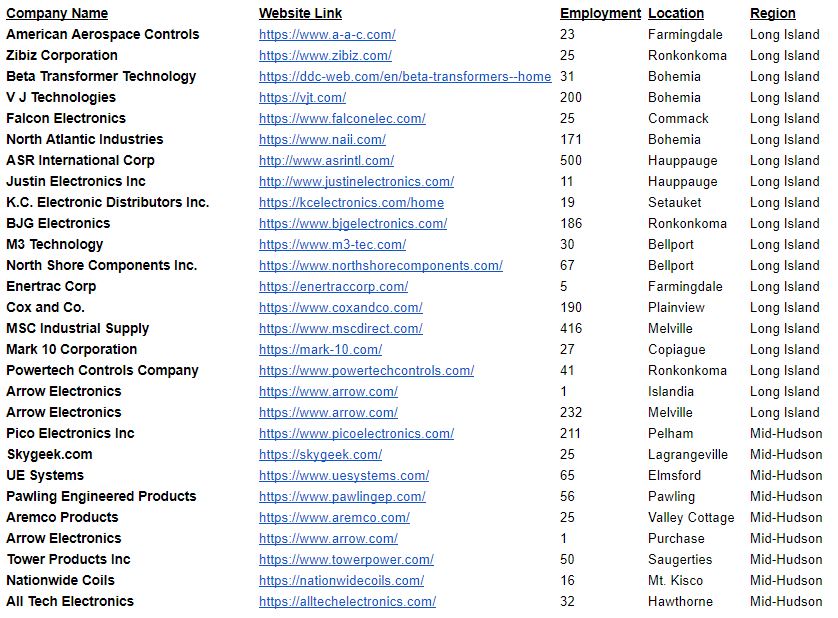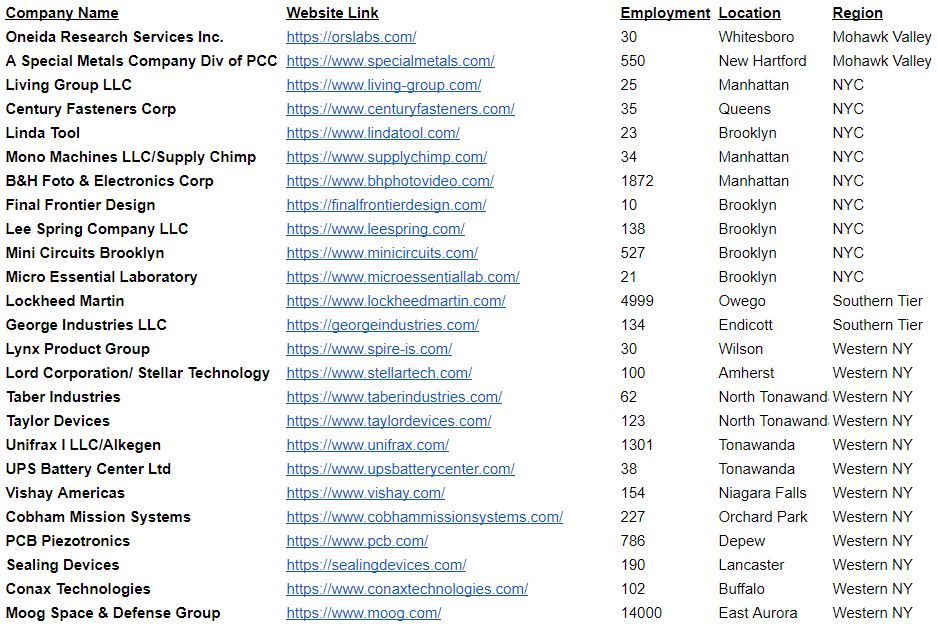
The Artemis Program is NASA’s ambitious plan to return crews to the Moon for the first time since the Apollo Era of the 1960s and 1970s, with an eye on traveling out to Mars afterwards. New York was part of NASA’s crewed spaceflight vision from the start, with the lunar landers being built on Long Island and Buffalo-based company Moog playing a significant role in developing the venerated Saturn series of rockets. This was no small roll either. Moog developed the “actuators (that) were responsible for vectoring the engine nozzles to provide pitch, yaw, and roll steering control for the rocket,” (Niagara Aerospace Museum pg. 3).
Bell Aerosystems in Niagara Falls was responsible for developing the engines in the Gemini-Agena Target Vehicle that was the foundation of the crewed Project Gemini missions. Bell also played a role in developing the Lunar Landing Research Vehicle that the Apollo astronauts used to practice Moon landings as well as the Ascent Propulsion System that they used to launch off the lunar surface.
Other cities across New York had meaningful contributions to the Apollo program. “Carleton Controls in Orchard Park, now Cobham Mission Systems, provided a high-pressure oxygen regulator in the Portable Life Support System (PLSS) used during extravehicular activity on the surface of the Moon…(and) Cornell Aeronautical Laboratory, now Calspan, performed base heating studies of the S-IC stage using a subscale model incorporating five hot-firing rocket engines,” (Niagara Aerospace Museum pg. 13).
Eastman Kodak in Rochester was another major contributor, “(developing) the photographic system for the Lunar Orbiter spacecraft…the Kodak system developed the film in lunar orbit before scanning and transmission back to the earth,” (Niagara Aerospace Museum pg. 13).
State Government was also actively involved, with the creation of the New York State Atomic and Space Development Authority. The agency “was formed to look at how New York’s economy could benefit from focused activity in the burgeoning nuclear and space industries, as well as possible technology research opportunities and market opportunities for NY in advancing these industries,” (Business Review). This agency was eventually folded into NYSERDA, the New York State Energy Research & Development Authority, which drastically reduced the state government focus on the space sector.
However New York’s private sector never stepped away from NASA’s crewed spaceflight program and remains a major player as America prepares to return to the Moon. The Bell Aerosystems rocket group is now part of Moog Space & Defense Group, employing thousands of people in the Greater Buffalo region and the Kodak division that was responsible for the groundbreaking lunar imagery is now part of L3Harris (Niagara Aerospace Museum pg. 14).
Despite many large firms relocating or folding in the 1980s and 1990s, companies across the Empire State contribute every day to NASA’s crewed Artemis Moon return program, including the massive Space Launch System (SLS) rocket, the Artemis vehicle itself, and the Gateway lunar orbital station.
* 82 NASA affiliated companies in all 10 regions of that state, employing more than 20,000 New Yorkers.
* 64 Artemis-affiliated companies in 9 of 10 regions of the state, employing more than 18,000 New Yorkers.
The map below shows the wide geographic distribution of these NASA affiliated companies throughout New York. There are obvious clusters on Long Island, NYC, Rochester, Buffalo, Syracuse, and Binghamton. While there is decent activity in the Hudson Valley, the Capital Region around Albany is a conspicuous exception.
These companies have a wide range of specialties as well. Many offer manufacturing and machining capabilities, while others offer unique skills such as 3DPrinting, data analysis, electronics, optics, spacesuit design, and advanced testing.

Key Takeaways
This analysis results in a number of important conclusions about the current and future state of the New York space ecosystem.
* NASA has a significant statewide presence in New York that supports more than 20,000 jobs.
* New York has provided key contributions to crewed spaceflight since the beginning of the Space Age, supporting NASA’s earliest Moon missions and continuing straight through the present day.
* This network is a key foundation of New York’s economy in the 21st century and offers tremendous potential to create high-quality jobs across the state.
* This history should be a part of the education curriculum in New York, ensuring young learners are exposed to this inspiring story and can explore how their community contributed to exploring space.
* State, regional, and local economic development leaders and elected officials need to rediscover their historical support and enhance this network of companies whenever and wherever possible.
The Empire State has been a key contributor to the story of crewed space exploration since the first tentative steps were made towards the Moon all those decades ago, and we are still writing that story today.
What part will you play in the next chapter of New York’s exploration of the final frontier?
Full List of NY Artemis Companies
*Find interactive links and more details at empirespace.org/data/space-companies/empirespace.org/data/space-companies/*
To read more about the history of New York’s role in space exploration check out the Niagara Aerospace Museum and the Cradle of Aviation Museum.


